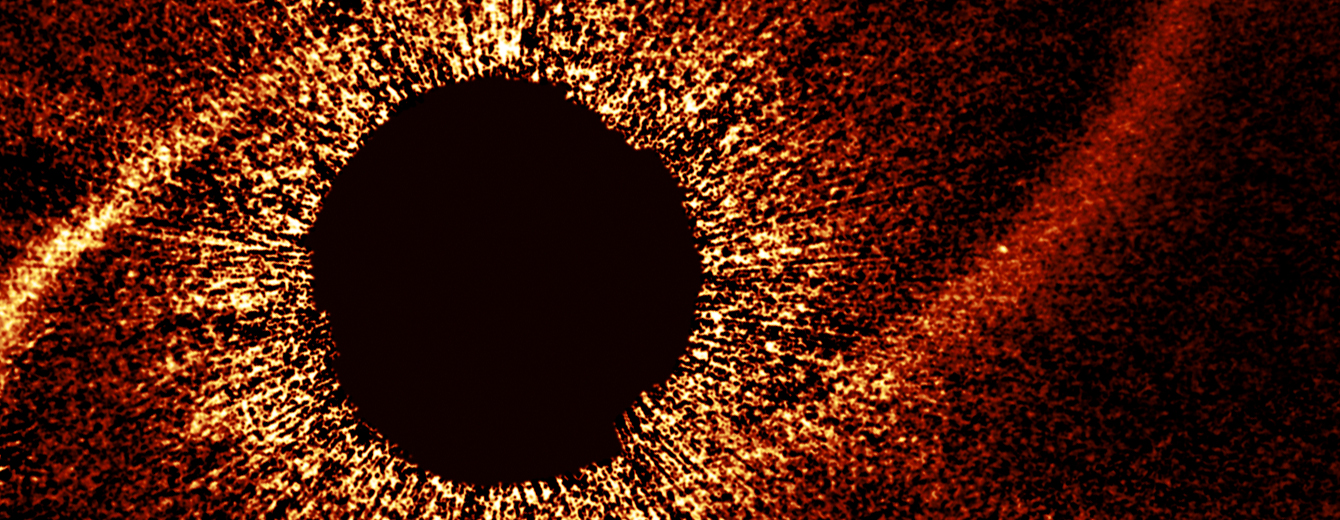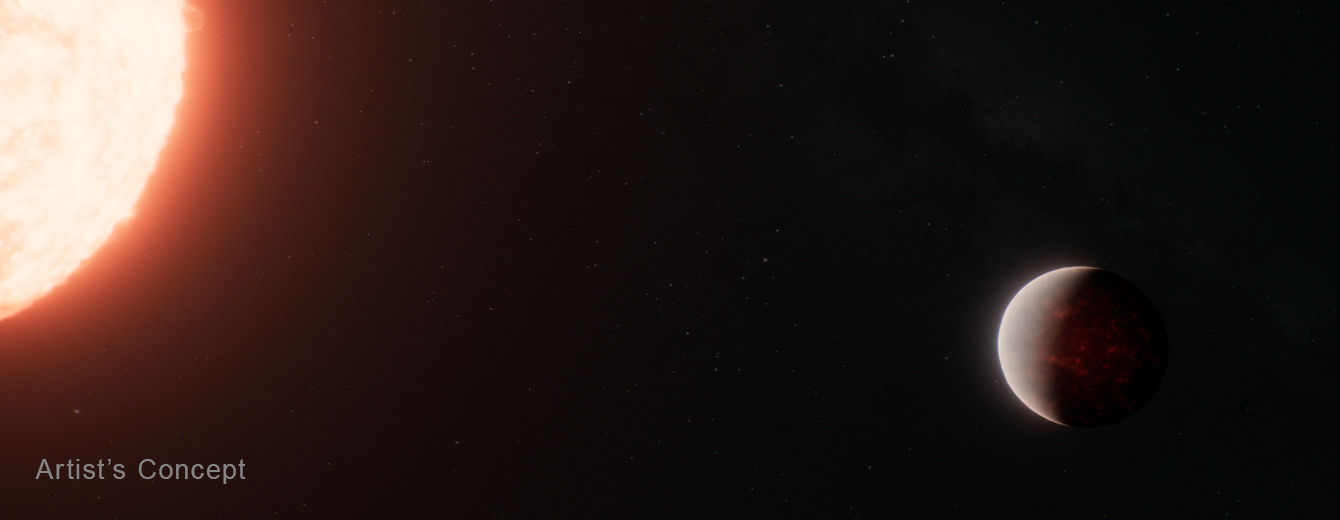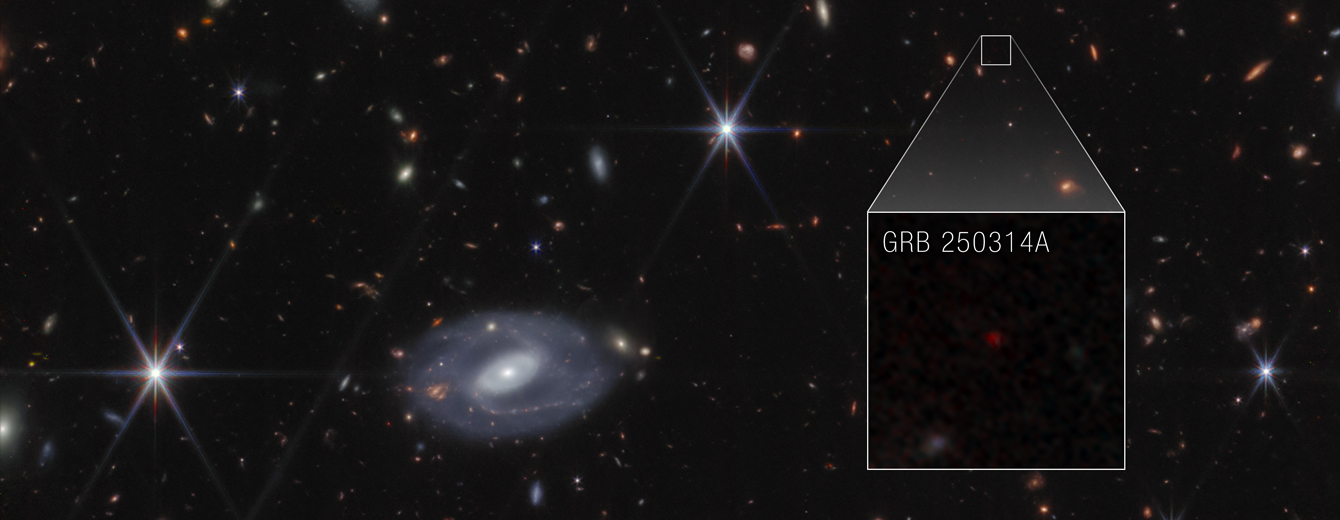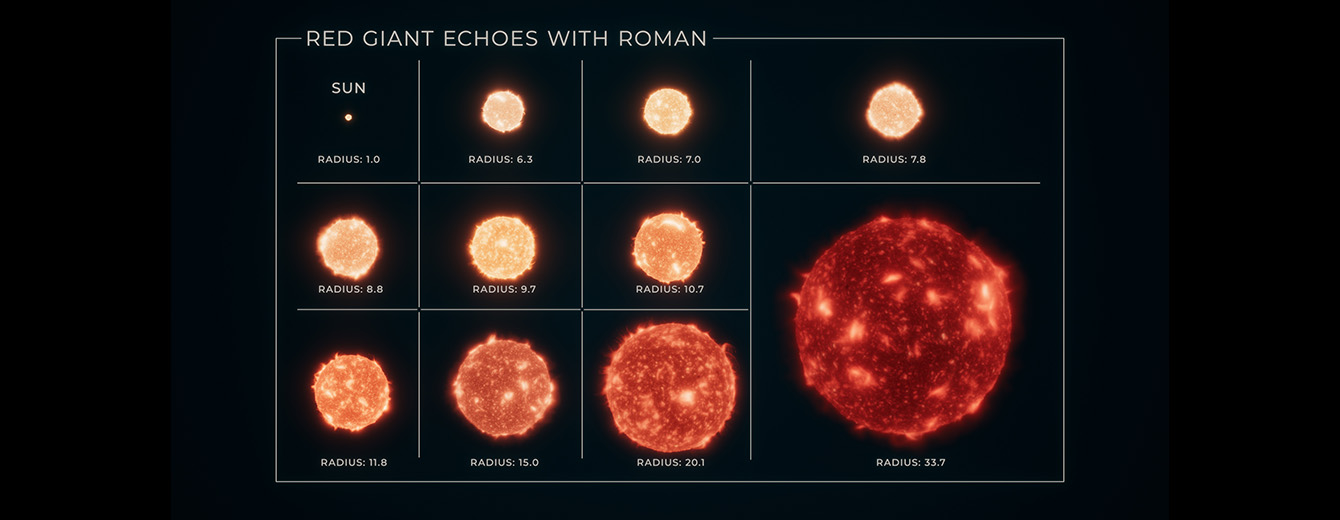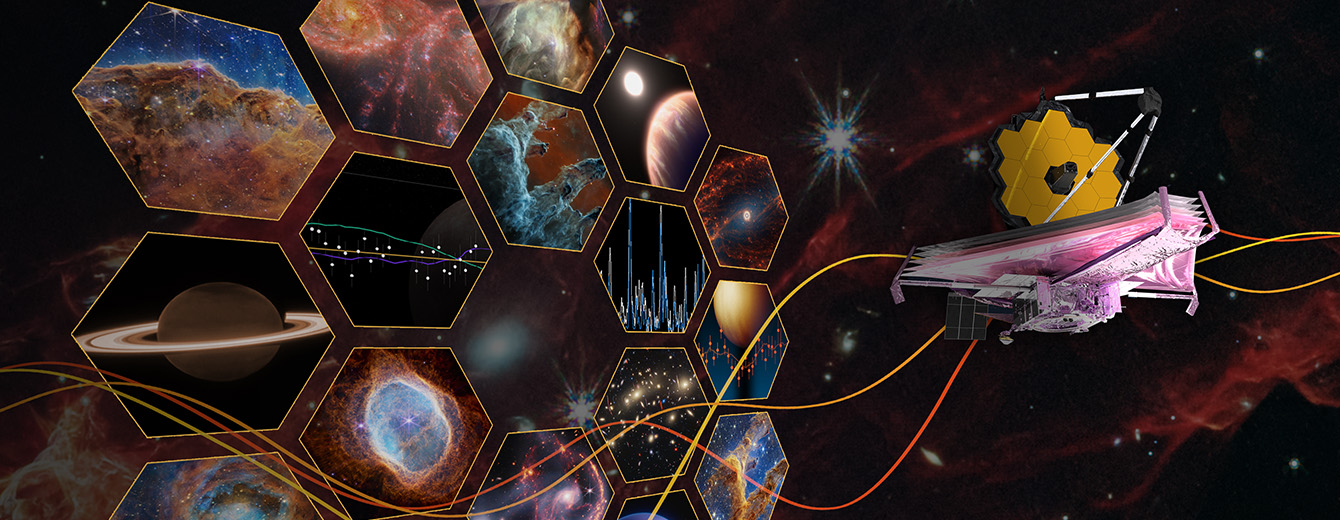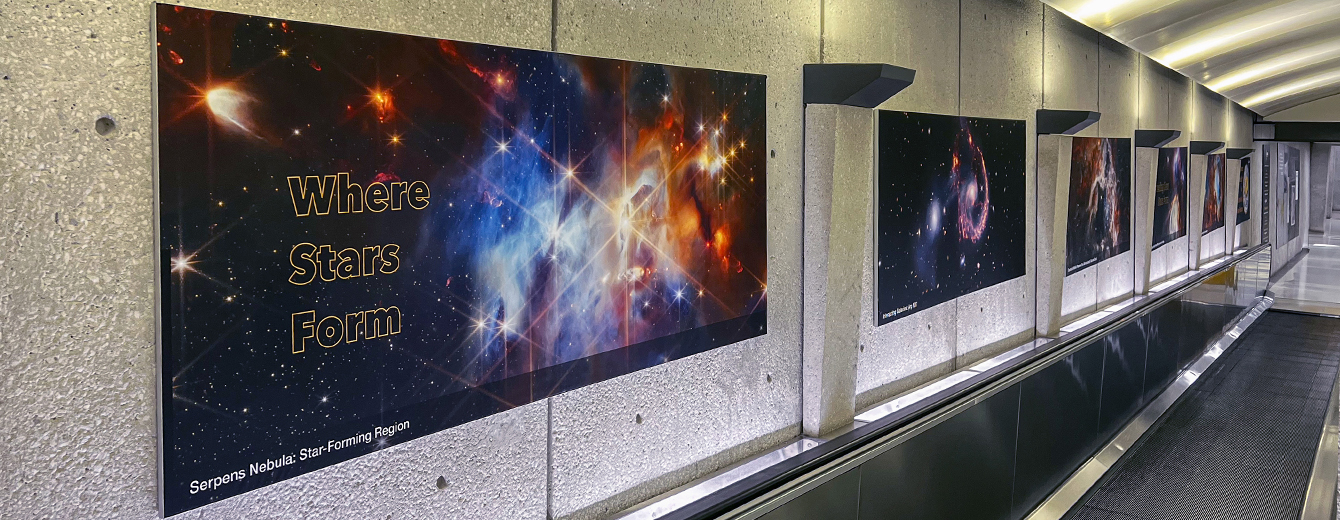INBOX ASTRONOMY
Webb First to Show 4 Dust Shells 'Spiraling' Apep, Limits Long Orbit
Release date: Wednesday, November 19, 2025 11:00:00 AM Eastern Standard Time

Researchers used Webb to refine the orbit of two Wolf-Rayet stars, named for the Egyptian god of chaos, to a lengthy 190 years and confirmed a third star carves their ongoing carbon dust ejections.
Coiled shells sent out by two stars known as Apep, after the Egyptian god of chaos, have come into clear view: NASA’s James Webb Space Telescope has shown spirals of dust that trace 700 years of activity.
“Webb has observed similar systems, but this shows by far the most detail,” said Yinuo Han, a lead author on a new paper and postdoctoral researcher at Caltech in Pasadena, California. “It's rare enough to see one Wolf-Rayet star, but in Apep there are two. When their stellar winds collide, they produce large amounts of carbonaceous dust over 25 years during each orbit.”
By combining these new mid-infrared observations with a series of images from the European Southern Observatory’s Very Large Telescope (VLT), Han and his collaborators narrowed down how often the stars sail past one another — once every 190 years — and confirmed that a third star, a massive supergiant, is “slicing” holes into the dusty shells.
Find additional resources at www.stsci.edu
Please do not reply to this message. You are receiving this email because you are subscribed to the Inbox Astronomy mailing list.
Produced by the Space Telescope Science Institute's Office of Public Outreach
